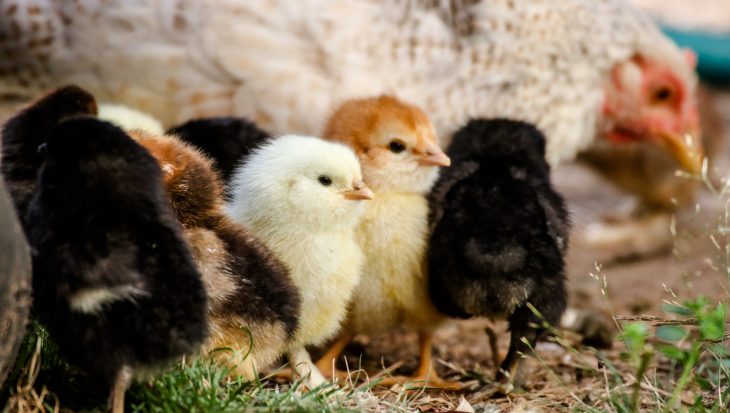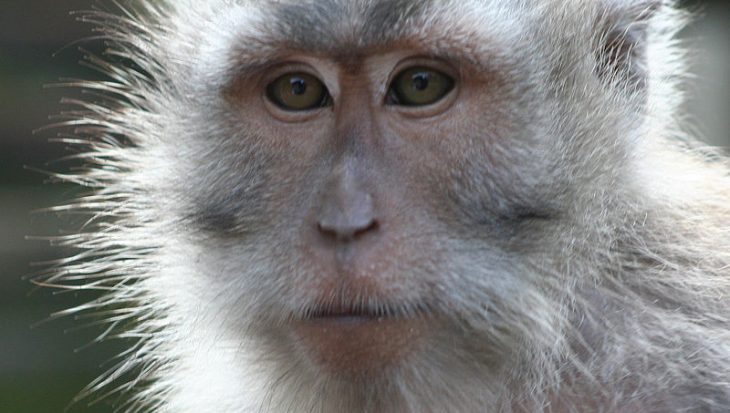Animal Aid, in keeping with the majority of the British public (57 per cent), wanted to see an outright ban of the whip. But the new regulations, introduced on 10 October, did at least represent a significant step forward by toughening up both the rules on how the whip can be used and the penalties for breaching them. With nearly 900 breaches of the old regulations in 2010, it is clear that the key to enforcement is effective sanctions. By announcing today that it has fundamentally weakened the penalties that were introduced on 10 October, the BHA has also removed any semblance of an effective deterrent.
As from today, offending jockeys will no longer lose their riding fees and they will be able to hit a horse more often before their prize money is withheld. The BHA has even ordered that many riders who breached the new rules before the regulator backtracked, will have their prize money and riding fees reinstated and their suspensions rescinded. In addition, serious repeat offenders will face reduced penalties.
For more then 10 years, Animal Aid has campaigned for an outright ban on the whip – a position now supported by the general public. We were disappointed that the BHA fell short of introducing a prohibition but recognised that the new regime was a significant improvement over the previous system. By succumbing to jockeys’ pressure, racing has put itself at an even greater distance from the public on whom it depends for its future. But the ultimate argument for banning the whip is that it is a device to bully and intimidate animals to run to their physical limit, and sometimes beyond it.
Ever since the 10 October rules came into force, whip proponents have repeatedly claimed that the recently introduced cushioned whip does not hurt horses. In fact, use of the so-called cushioned whip, according to the BHA’s own data on rule breaches, can cause horses to come out in weals. In 2010, the regulator recorded 17 such cases. While the whip has a padded area at the end, it also has a longer hard handle that frequently and painfully comes into contact with the horse. For an example, see the end of this sequence: http://news.bbc.co.uk/sport1/hi/horse_racing/13781063.stm.
Says Animal Aid’s Director, Andrew Tyler:
‘Until now, jockeys have been able to thrash horses in public without facing any meaningful sanction. When the BHA moved to introduce genuine penalties, jockeys whined, sulked and foot-stamped, and the BHA, predictably, caved in. This demonstrates the fundamentally cruel and exploitative nature of horse racing, as well as the inability of the BHA to act as the regulator on matters of horse welfare. Fifty seven per cent of the public (68 per cent of women) support an outright ban on the use of the whip in racing, according to a new poll commissioned by the BHA itself. Instead of backtracking on its attempt to limit the amount that horses are thrashed in public, the BHA should be moving swiftly to a total prohibition of the whip.’
For more information
- Contact Andrew Tyler or Dene Stansall on 01732 364546
Notes to Editors
- Norway banned the whip in 1982 and British riders regularly race and thrive on its courses. Towcester Racecourse is keen to pilot whip-free meetings but the BHA has so far withheld its consent.
- Jockeys argue that horses, for safety’s sake, need to be whipped. And yet the majority of strikes against horses come at the end of a race when riders are wild with ambition to win, and are beating their horses to achieve that end. Rebel jockey, Richard Hughes, acknowledged on Channel 4 Television in May 2010 that his horse, Kojak, unseated him probably because he had used the whip on him.
- Whip advocates also often insist that horses need to be hit to keep them on a straight line. But as the director of Towcester racecourse, Charlie Brooks, noted in the Daily Telegraph (16 May 2010): ‘The whip has already caused more problems than it has solved at the highest level this season. In the 1,000 Guineas at Newmarket, jockey Tom Queally used his stick on Jacqueline Quest. His filly duly veered away from it – as you would do if someone was slapping you – and she crossed the path of the subsequent runner-up. The result had to be overturned in the stewards’ room.’
- Among the most common complaints about the 10 October regulations was that jockeys found it hard to count five strokes of the whip from the last obstacle or last furlong pole. But the old rules also set limits using these markers. In fact, the old rules were more complicated because jockeys also had to watch out for the 1½ and 2 furlong marks. The difference with respect to the 10 October rules was that they came with sanctions that carried a financial penalty. The old rules could be broken with virtual impunity.
- An Animal Aid investigation, published in 2004 and called A Hiding to Nothing, demonstrated that – cruelty issues aside – the use of the whip by jockeys does not improve their chances of winning. The investigation of 161 races run during October and November 2003, covered 285 jockeys and 1,500 horses. Nearly 200 tables described how often and when in a race a whip was used.
- The findings of A Hiding To Nothing (see above) were reinforced by a University of Sydney report, which also concluded that whipping race horses does not improve performance. Read An Investigation of Racing Performance and Whip Use by Jockeys in Thoroughbred Races
- View Animal Aid’s reports on breaches of the whipping regulations

